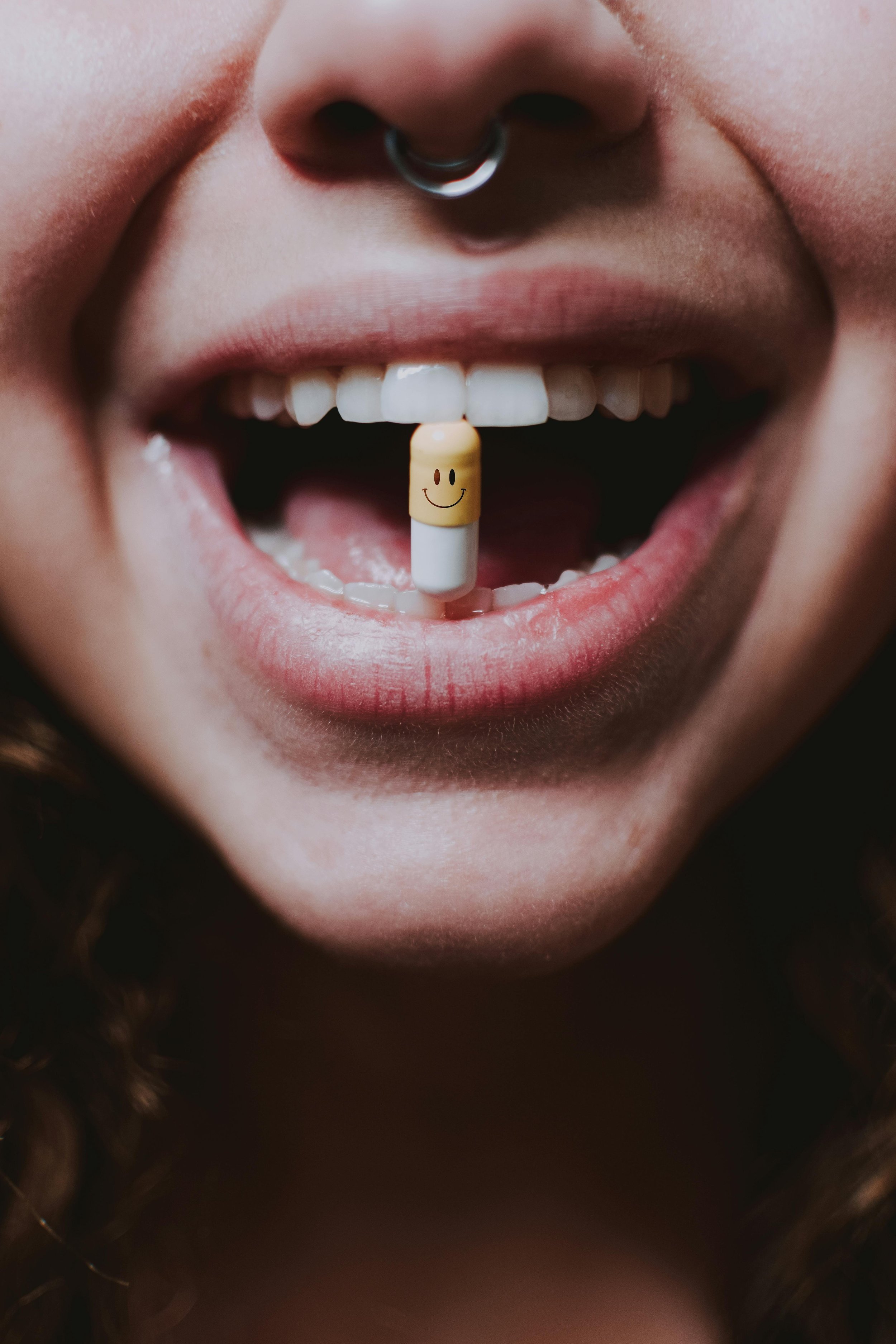The Winter Blues: Why PMS symptoms can get worse in the colder months.
The winter months can be dark and chilly as it is, but they can also be a time for emotional darkness for some menstruators, with the intensification of premenstrual syndrome (PMS).
Understanding PMS
Premenstrual syndrome is a common phenomenon experienced by many menstruating individuals in the days leading up to their menstrual cycle, during the luteal phase. The symptoms can range from physical discomforts, such as bloating and cramping, to emotional disturbances like mood swings and irritability. While PMS is a natural part of the menstrual cycle, its severity can vary from person to person and even from season to season.
The Winter Blues
During the winter months, exposure to sunlight is significantly reduced due to shorter days and less time spent outdoors. Sunlight is a crucial source of vitamin D, and the lack of it in winter can lead to vitamin D deficiency. Numerous studies have linked low levels of vitamin D to various health issues, including depression (1) and fatigue (2). Interestingly, studies have also found a potential correlation between vitamin D deficiency and worsened PMS symptoms (3).
Vitamin D
Vitamin D is a hormone that is essential for various important metabolic functions (4). Upon exposure to ultraviolet B rays emitted from sunlight, a form of cholesterol called 7-dehydrocholesterol is converted to vitamin D in the skin. This process accounts for 80% of the body’s daily requirement of vitamin D, whereas only 20% is obtained through dietary intake (5). This is why you sometimes hear vitamin D being referred to as the “sunshine” vitamin. As sunlight is one of the main sources of vitamin D, and the fact that there aren’t too many food sources rich in vitamin D (especially vegan or vegetarian options), it is not too uncommon for people to be deficient in vitamin D during winter. Vitamin D deficiency is one of the most prevalent deficiencies worldwide and is typically defined as having blood levels below 20 ng/mL .
Vitamin D and PMS
What does vitamin D have to do with PMS? Several studies have explored the relationship between vitamin D and PMS. One study showed that people who experience PMS did have a lower level of vitamin D, compared to those that did not have PMS (6). They stated that it is unclear whether it is the low levels of vitamin D that are causing PMS, however, a review of 28 studies concluded that low levels of vitamin D in serum during the luteal phase of the menstrual cycle were found to cause or worsen symptoms of PMS (7).
So, what is it that vitamin D is doing?
Vitamin D is known to play a vital role in hormonal balance and mood regulation (8). It is involved in the production of serotonin, a neurotransmitter that contributes to feelings of well-being and happiness (9). The exact role of vitamin D in reducing the risk of PMS is still being studied, however, it is believed to be through the modulation of calcium concentrations, which are also known to affect PMS symptom exuberance (3).
And it’s not just PMS that vitamin D has been linked to. A small number of studies have also looked at vitamin D levels in association with endometriosis, showing significant differences between the levels of people with and without endometriosis (10; 11). However, the potential role of vitamin D in endometriosis is still not yet understood, and much more research is needed to draw any meaningful conclusions. Vitamin D levels have also been linked to other menstrual disorders such as Polycystic Ovary Syndrome (PCOS) (12) and primary dysmenorrhea (13), highlighting the importance of this molecule essentially for menstrual health.
Combatting Winter PMS with Vitamin D
Back to PMS, which has been shown to be worse with lower vitamin D levels. With the long winter months, and limited access to that glorious sunshine… it is important for people to pay attention to their vitamin D levels, especially when noticing that those luteal phases are getting a bit more intense!
Vitamin D levels can be checked by healthcare providers through routine blood tests. This is the first step to seeing if you are deficient or not and getting advice on what are the best next steps in terms of getting that vitamin D boost if it is needed. There are vitamin D supplements that you can take, and research has shown that vitamin D supplementation has been shown to help reduce both physical and emotional symptoms associated with PMS (5). Additionally, although limited, there are foods rich in vitamin D that you can try and eat more of when it aligns with your diet preferences, such as fatty fish, eggs and fortified dairy products (14). Consulting with a healthcare professional to determine the appropriate dosage of vitamin D supplements is advisable, as excessive intake can lead to adverse effects. Of course, another way you can maximise your vitamin D intake is by trying to get out in the sun as much as possible, whenever it makes an appearance, but don’t be fooled – the winter sun can still be strong so remember to put your SPF on if you’re going out to catch those rays. Besides vitamin D, other supplements can also help alleviate PMS, which you can read all about in this blog post HERE, written by gynaecologist Dr. Martin Kiebler.
Conclusion
The winter season brings its own set of challenges, and for many menstruators, exacerbation of PMS symptoms is an unwelcome addition. Understanding the connection between vitamin D deficiency and intensified PMS can empower individuals to take proactive steps in managing their health during the colder months. By prioritising vitamin D intake through diet, supplements, and lifestyle adjustments, those winter blues could get that bit less dark and the luteal phase could become less chilly, for you and maybe even those around you.
Further reading:
A systematic review of the role of vitamin D and calcium in premenstrual syndrome.
Cracking the premenstrual code: understanding what causes PMS and PMDD.
[Links to references are within the text body as citations].



